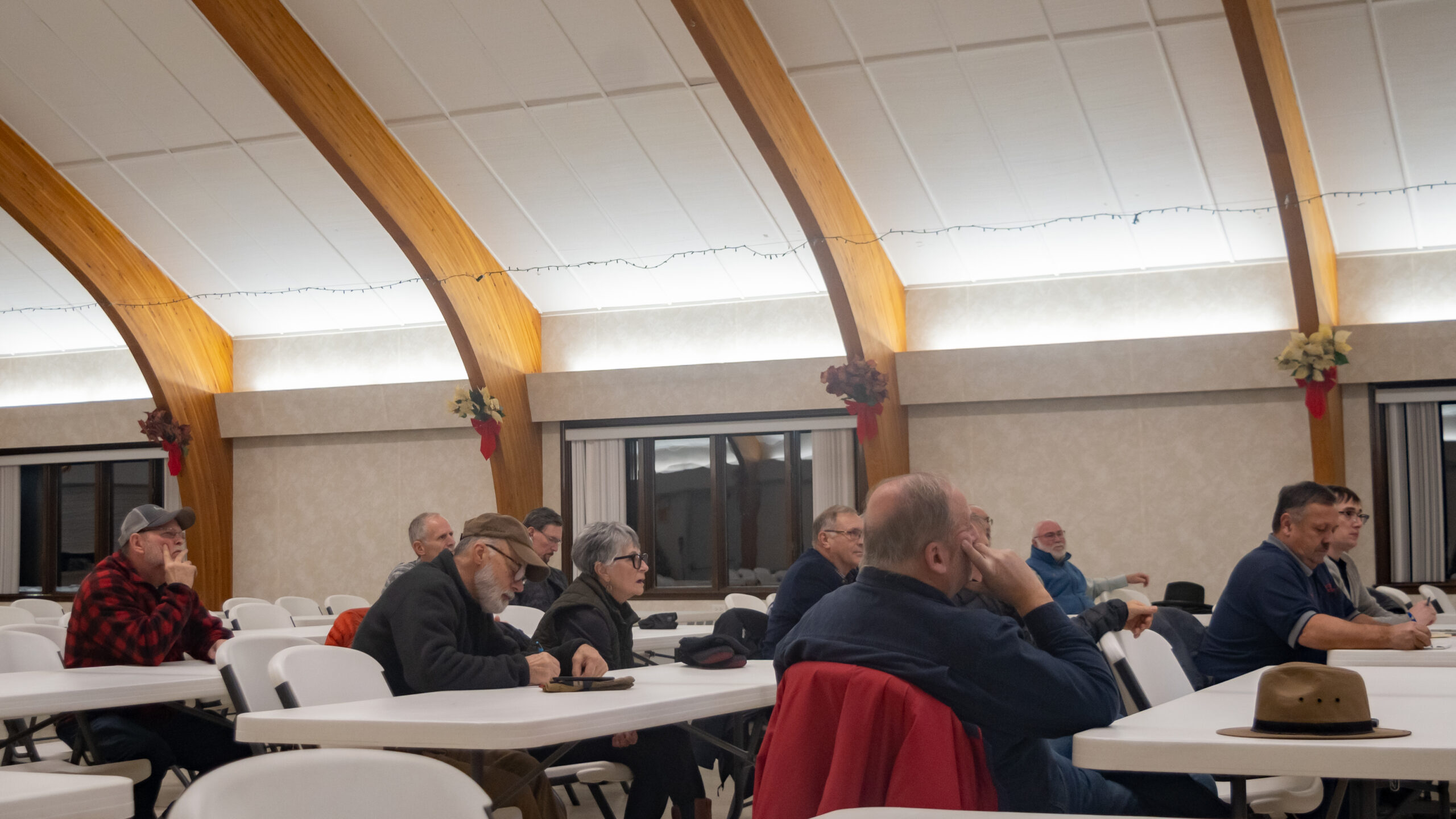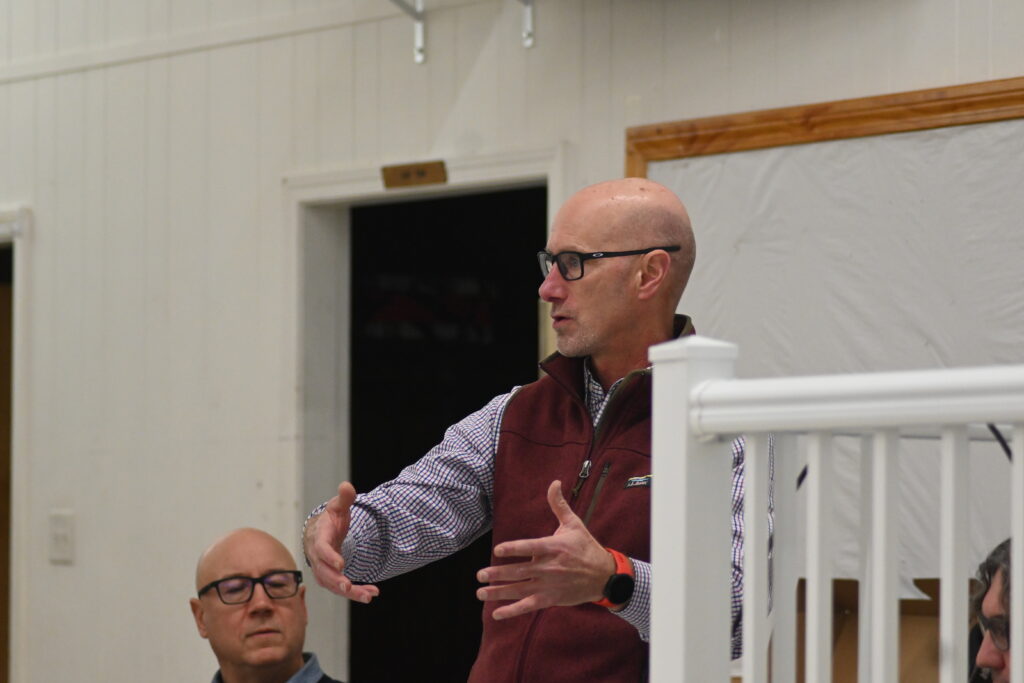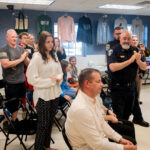
FORT KENT, Maine – Residents shared their concerns about downtown street safety and accessibility during a Dec. 5 public hearing hosted at the Fort Kent Knights of Columbus Hall.
The hearing was part of MaineDOT’s Village Partnership program, which would provide the town with roughly $10 million to fund street improvement projects. Other Aroostook communities involved with the initiative include Caribou, Presque Isle, Madawaska and Van Buren.
Residents primarily expressed concerns about pedestrian safety, sidewalks, and adequate lighting at night.
The study team consists of the town of Fort Kent, the Northern Maine Development Commission, the MaineDOT Bureau of Planning, Falmouth-based architectural firm TYLin, and Rasor Landscape Architecture. TYLin handles project management, traffic engineering and preliminary design while Rasor Landscape Architecture handles streetscape design.
MaineDOT Regional Planner and Tribal Liaison Jarod Farn-Guillette explained how the Village Partnership program gives Maine communities a unique opportunity to use federal funds for much-needed projects.
Farn-Guillette said the program is focused on safety for pedestrians and people using non-motorized transportation as well as ensuring that roads are up to ADA (Americans with Disabilities Act) standards.
He said one of the program’s goals is to boost economic growth by encouraging people to get out of their cars and spend more time in historic downtown areas.
TYLin project manager Tom Errico, TYLin Senior Highway Engineer Chris Helstom, and Mitchell Rasor, Principal Architect with Rasor Landscape Architecture led the remainder of the meeting’s presentation and fielded questions from residents.

One guest asked about the extent of sidewalk work, if it would be just patching existing sidewalks or building all new sidewalks. Errico said the project will likely involve rebuilding many sidewalks, not just patching.
A woman in the audience asked if the lighting on Main Street would be addressed, as sometimes pedestrians aren’t visible to motorists until they’re up close to the vehicle.
“Our firm has lighting experts, so we’ll be looking at that,” said Errico. “But it seems dark. It’s not very bright. I think we’ll be sharing some recommendations related to that.”
Another resident commented on the poor lighting, and said that he has both almost hit a pedestrian and was almost hit by a motorist while walking at night.
Officials at the meeting provided the roughly 20 attendees with information about the study so far, including some areas that they identified as particularly problematic.
They identified some safety concerns at the Main Street and Hall Street intersection as well as the Main Street and Market Street intersection, and said changes should be considered in these areas to reduce crashes and help make them more friendly to pedestrians. They also pointed out a recent pedestrian collision at the crosswalk on Main Street near a Subway restaurant, and said this area has both visibility and pedestrian safety issues.
A 10-year crash study shared during the meeting showed that the majority of collisions are happening at traffic lights. A total of 57 crashes were reported near the Pleasant Street and Main Street light and 51 were reported near the Route 161 and Main Street light.
Errico said this is not unusual, as traffic signals remove more severe crashes in lieu of milder collisions and fender benders. He said these crash rates will likely come down over time as they work to use current traffic data to tailor the timing of the lights.
Next steps include assessing future possibilities for the downtown area and developing preliminary recommendations from January to February of 2024. A second hearing will be held in March, and a final report will be presented in June.







